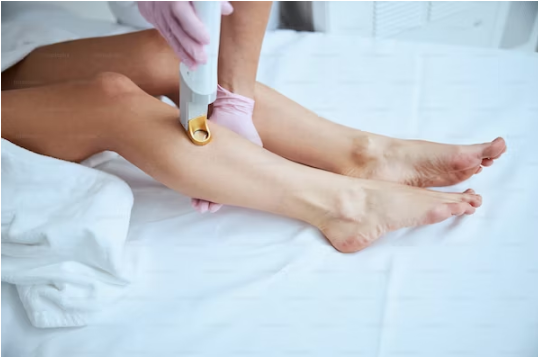Hair removal is a common grooming practice for many individuals. However, for those with sensitive skin, the process can be challenging as it often leads to irritation, redness, and discomfort. If you have sensitive skin, it’s essential to approach hair removal methods with care and choose techniques that minimize the risk of adverse reactions.
In this article, we will explore various hair removal options and provide tips on how to deal with hair removal when you have sensitive skin.
Understanding Sensitive Skin
Sensitive skin is characterized by a heightened reaction to external factors, such as skin care products, environmental irritants, and hair removal methods. People with sensitive skin typically experience redness, itching, stinging, and dryness more easily than others. When it comes to hair removal, the goal is to find methods that minimize irritation and inflammation while effectively removing unwanted hair.
Hair Removal Options for Sensitive Skin
Shaving
Shaving is a common and convenient method for hair removal. To minimize irritation, use a sharp, clean razor and apply a moisturizing shaving cream or gel to create a barrier between the razor and your skin. Shave in the direction of hair growth and avoid pressing too hard. Replace your razor blades regularly to maintain sharpness and prevent skin irritation.
Waxing
Waxing removes hair from the root, providing longer-lasting results compared to shaving. However, it can be harsh on sensitive skin. Opt for a gentle, hypoallergenic wax specifically formulated for sensitive skin. Conduct a patch test before applying wax to larger areas to ensure it doesn’t cause an adverse reaction. Consider seeking professional help for waxing to ensure proper technique and minimize discomfort.
Depilatory Creams
Depilatory creams dissolve hair at the skin’s surface, making them an easy and painless hair removal option. However, these creams contain chemicals that can be harsh on sensitive skin. Look for products labeled as suitable for sensitive skin and always perform a patch test before using them on larger areas. Follow the instructions carefully and avoid leaving the cream on for longer than recommended.
Sugaring
Sugaring is a natural alternative to waxing that involves using a paste made of sugar, lemon juice, and water to remove hair. It is generally gentler on the skin and less likely to cause irritation. The paste is applied in the opposite direction of hair growth and then quickly removed, taking the hair with it. Consider seeking professional assistance for sugaring to ensure proper technique and minimize discomfort.
Here is other best way to removal hair: Ulike IPL hair removal>>
Tips for Dealing with Hair Removal and Sensitive Skin
Patch Test
Before using any hair removal method, perform a patch test on a small area of your skin to check for any adverse reactions. This step is crucial, especially when trying a new product or technique.
Moisturize
Keep your skin well-hydrated before and after hair removal. Apply a gentle, fragrance-free moisturizer to soothe and protect your skin from dryness and irritation.
Exfoliate
Regular exfoliation helps prevent ingrown hairs and keeps your skin smooth. However, choose a gentle exfoliator specifically designed for sensitive skin and avoid exfoliating immediately after hair removal to prevent further irritation.
Avoid Harsh Products
Avoid using harsh soaps, perfumes, and alcohol-based products on freshly treated areas, as they can exacerbate sensitivity and cause discomfort.
Cool Compress
If you experience redness or irritation after hair removal, apply a cool compress to soothe the area. This can help reduce inflammation and provide relief.
Consult a Dermatologist
If you have persistent or severe skin reactions after hair removal, consider consulting a dermatologist. They can evaluate your skin condition and provide personalized advice on suitable hair removal methods and products.
Conclusion
Dealing with hair removal when you have sensitive skin requires a gentle and cautious approach. By choosing the right hair removal methods, performing patch tests, and taking proper care of your skin, you can minimize irritation and discomfort. Remember to prioritize moisturizing and exfoliating, avoid harsh products, and seek professional help or dermatological advice if needed. With careful attention, you can achieve effective hair removal while keeping your sensitive skin happy and healthy.

